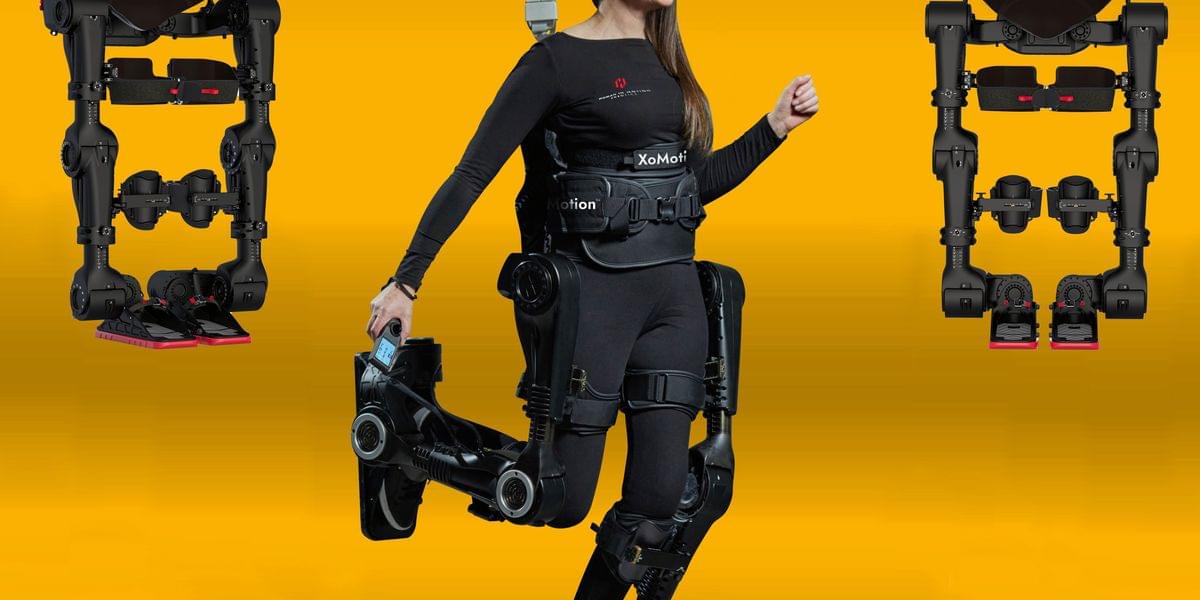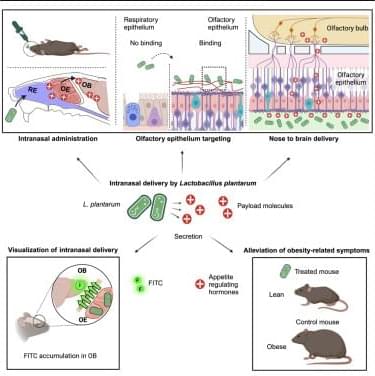Many people who have spinal cord injuries also have dramatic tales of disaster: a diving accident, a car crash, a construction site catastrophe. But Chloë Angus has quite a different story. She was home one evening in 2015 when her right foot started tingling and gradually lost sensation. She managed to drive herself to the hospital, but over the course of the next few days she lost all sensation and control of both legs. The doctors found a benign tumor inside her spinal cord that couldn’t be removed, and told her she’d never walk again. But Angus, a jet-setting fashion designer, isn’t the type to take such news lying—or sitting—down.
Ten years later, at the CES tech trade show in January, Angus was showing off her dancing moves in a powered exoskeleton from the Canadian company Human in Motion Robotics. “Getting back to walking is pretty cool after spinal cord injury, but getting back to dancing is a game changer,” she told a crowd on the expo floor.





